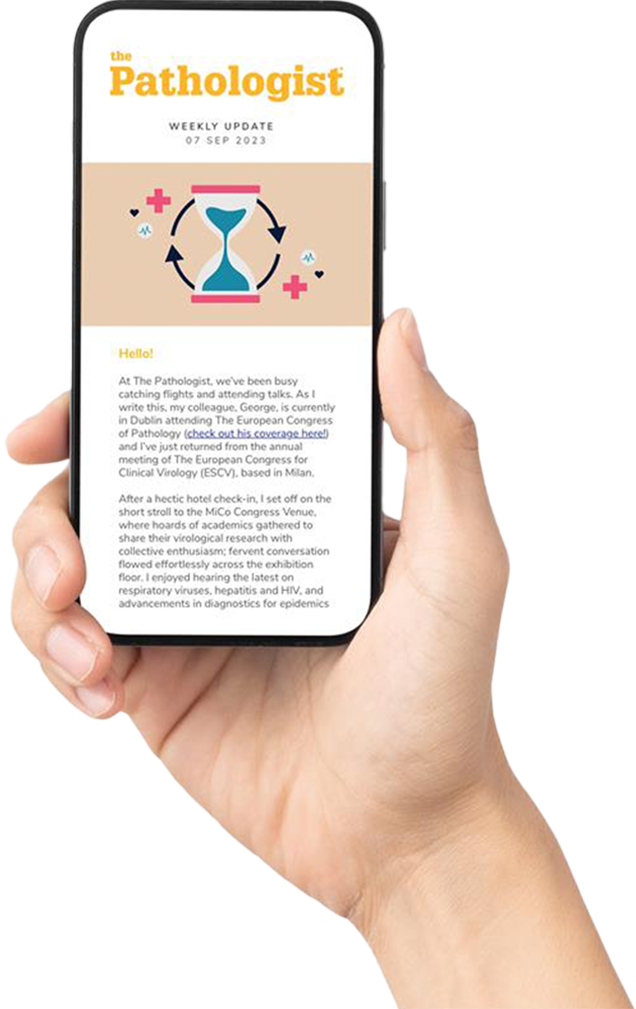A study introduces single-cell DNA–RNA sequencing (SDR-seq), which enables comprehensive analysis of genomic DNA and RNA within thousands of individual cells, significantly advancing the correlation between genetic variants and gene expression. By integrating molecular information, SDR-seq can process up to 480 genomic loci per cell, providing insights into both coding and noncoding variants. This method has demonstrated its potential in human induced pluripotent stem cells and B cell lymphoma samples, revealing critical relationships between genetic mutations and tumor behavior that could enhance diagnostic strategies and understanding of disease mechanisms.
What Happens When You Read DNA and RNA Together?
A single-cell DNA–RNA sequencing method connects genetic variation to gene activity in thousands of individual cells
10/31/2025
News
2 min read
